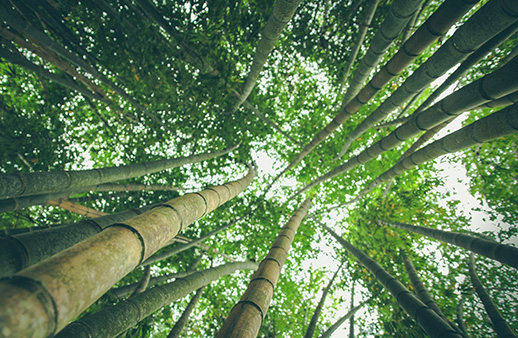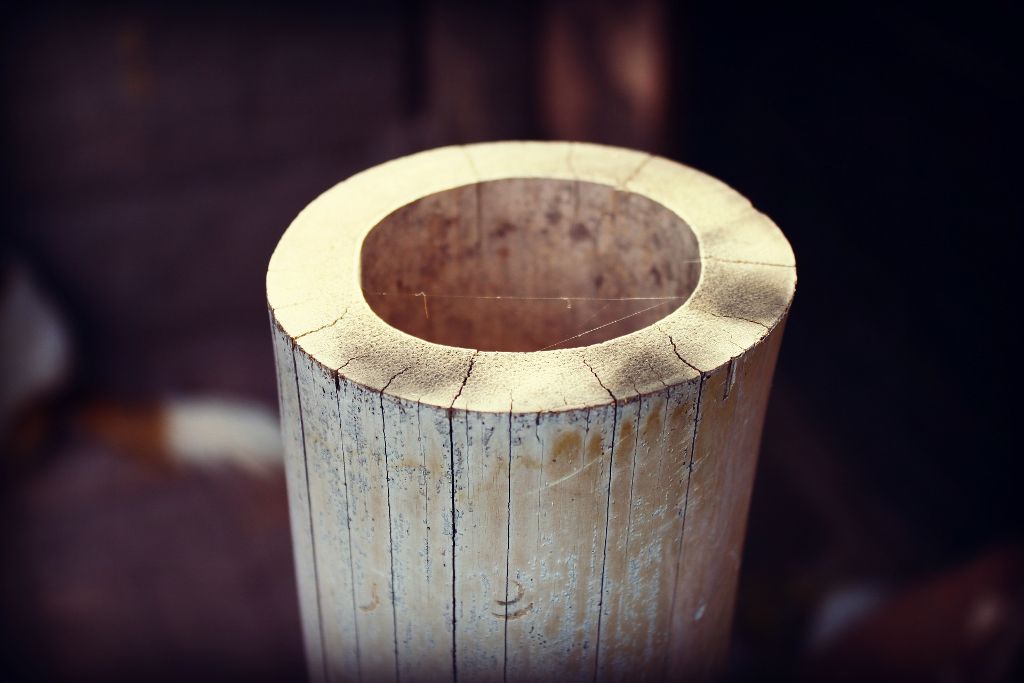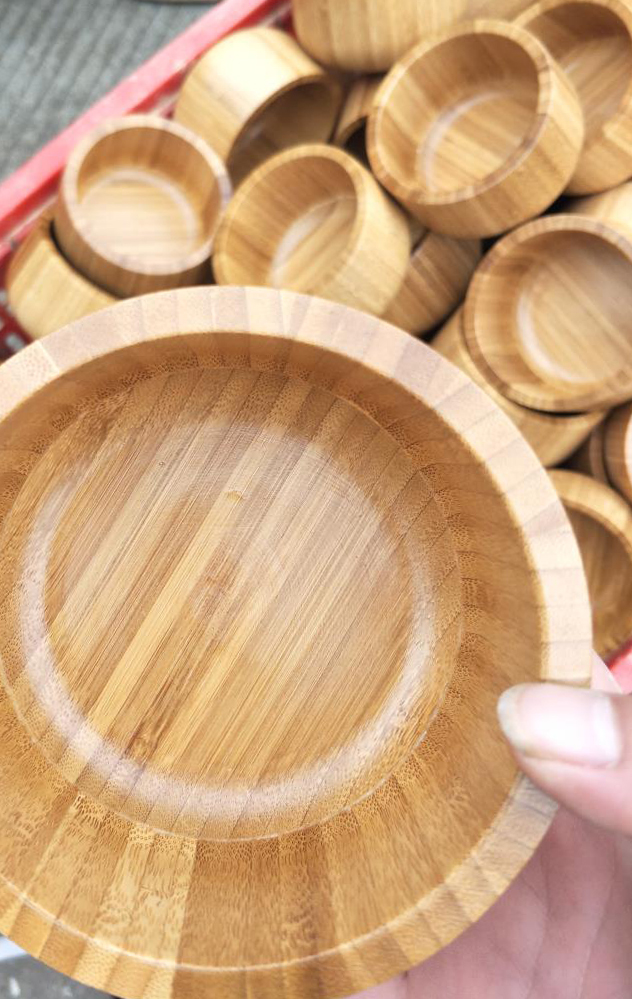Bamboo

Bamboo,
A resource
natural
ecological
Pebbly has chosen to use bamboo in the design of its products. This material is not only aesthetic, but also ideal fir making utensils and kitchen accessocies because it is highly resistant and not very porous.
An ecological and resistant material
With the exception of Antarctica, bamboo is naturally present on all continents globally, primarily in Asia, America and Africa. Known for its rapid growth, it is used for multiple purposes including food consumption, constructions, furnishing, textiles, accessories and medicine to name but a few.
The bamboo harvest
The ecological benefits of this plant are a result of the fact that it requires very little watering, and thrives without pesticides or other chemical fertilizers. The plant’s shoots develop at lighting speed and can even grow up to 1m per day in some particular species thanks to the reserves contained in the rhizomes. It can be harvested up to 5 times each year.
When harvested, only the old stems are taken – the young stems preserve the soil from erosion and allow the plants to regenerate.

As a very robust and moisture-resistant, bamboo does not retain any odor or food tastes, making it perfect fot sustainable use.
The manufacture of Pebbly products
The bamboo that makes up Pebbly products is handcrafted in fully certified workshops. The forests where the bamboo stems are harvested can be found close to the workshops in the Fujian region in Eastern China.
The manufacturing steps

1.
Bamboo stems are selected according to their sizes for the manufacture of different types of products: utensils or plants/trays The shape of future products are cut from the material
2
The resulting shape is then cut, sanded and polished by hand to obtain the final product. For colored utensils, a paint suitable for food contact is applied to the handles.


3
The resulting shape is then cut, sanded and polished by hand to obtain the final product. For colored utensils, a paint suitable for food contact is applied to the handles





